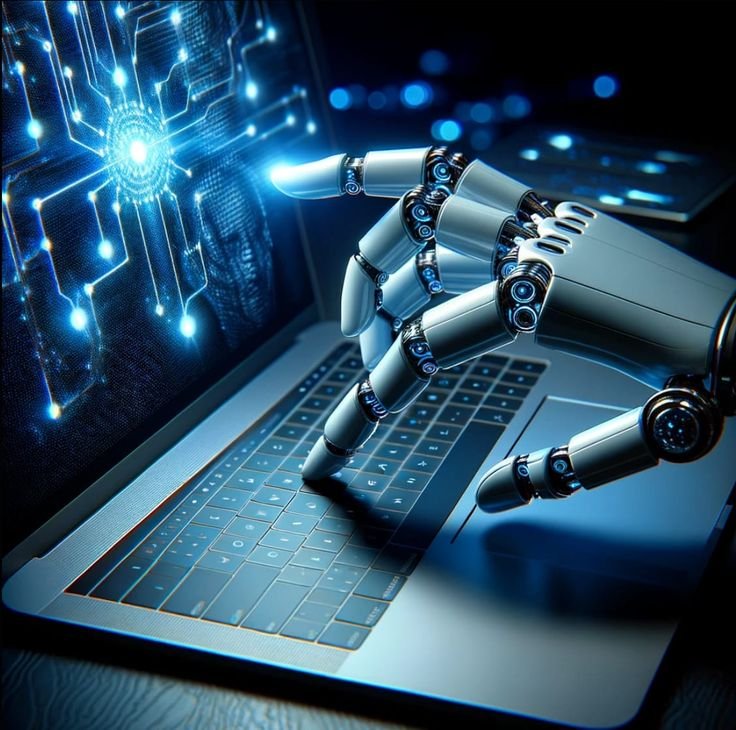
The evolution of cyber threats has been a dynamic and complex journey, shaped by advancements in technology, changes in societal behavior, and the ever-evolving tactics of cybercriminals. From the rudimentary viruses of the past to the sophisticated, state-sponsored attacks of today, understanding this evolution is crucial for developing effective cybersecurity strategies. This article explores the past, present, and future of cyber threats, highlighting significant milestones and anticipating future trends.
The Past: The Dawn of Cyber Threats
The history of cyber threats dates back to the early days of computing. In the 1970s and 1980s, cyber threats were relatively simplistic, often driven by curiosity or the desire to demonstrate technical prowess. One of the earliest known examples is the “Creeper” virus, created in 1971 by Bob Thomas. Creeper was a self-replicating program that moved between DEC PDP-10 computers, displaying the message, “I’m the creeper: catch me if you can.” Although harmless, it marked the beginning of computer viruses.
The 1980s saw the emergence of more malicious threats. The “Brain” virus, released in 1986, is often cited as the first IBM PC virus. Created by two brothers in Pakistan, it was designed to prevent unauthorized copying of software but inadvertently spread widely. This period also saw the rise of hacking as a subculture, popularized by movies like “WarGames” (1983), which depicted a teenager inadvertently accessing a military supercomputer.
The late 1980s and early 1990s brought more sophisticated threats. The Morris Worm of 1988, created by Robert Tappan Morris, infected around 10% of the internet, causing widespread disruption. It highlighted the potential for worms to cause significant damage, leading to the creation of the Computer Emergency Response Team (CERT) to address such incidents.
The Present: Sophisticated and Pervasive Threats
Today’s cyber threats are vastly more sophisticated and pervasive. Cybercriminals now operate with motivations ranging from financial gain to political objectives, employing a wide array of techniques to compromise systems and data.
Malware: Modern malware includes a variety of malicious software such as ransomware, spyware, and Trojans. Ransomware, in particular, has become a significant threat, with high-profile attacks like WannaCry in 2017 affecting organizations worldwide. Ransomware encrypts victims’ data, demanding payment for the decryption key, often in cryptocurrencies to maintain anonymity.
Phishing: Phishing attacks have evolved from generic, poorly crafted emails to highly targeted spear-phishing campaigns. These attacks use social engineering to trick individuals into divulging sensitive information or downloading malicious software. Attackers often use information from social media and other public sources to craft convincing messages.
Advanced Persistent Threats (APTs): APTs are sophisticated, long-term attacks often orchestrated by state-sponsored groups. These attacks aim to steal sensitive information or disrupt critical infrastructure. Notable examples include the Stuxnet worm, which targeted Iran’s nuclear facilities, and the SolarWinds attack in 2020, which infiltrated numerous U.S. government agencies and private companies.
IoT and Mobile Devices: The proliferation of Internet of Things (IoT) devices and mobile technology has expanded the attack surface for cybercriminals. IoT devices, often lacking robust security measures, are prime targets for botnets and other attacks. Mobile devices, with their extensive use of apps and constant connectivity, are also vulnerable to malware and phishing.
The Future: Anticipating Emerging Threats
As technology continues to advance, so too will the nature and complexity of cyber threats. Several trends are likely to shape the future landscape of cybersecurity.
- Artificial Intelligence and Machine Learning: While AI and machine learning offer significant potential for enhancing cybersecurity defenses, they also present new opportunities for attackers. AI-powered attacks could automate and enhance social engineering tactics, making them more convincing and harder to detect. Machine learning algorithms could be used to identify vulnerabilities and develop new exploits.
- Quantum Computing: Quantum computing, still in its early stages, holds the potential to break traditional encryption methods. This could render many current security protocols obsolete, necessitating the development of quantum-resistant encryption. Organizations must begin preparing for this eventuality to ensure data remains secure.
- Supply Chain Attacks: The SolarWinds incident underscored the vulnerability of supply chains to cyber threats. As organizations increasingly rely on third-party vendors, attackers may target these suppliers to gain access to more secure networks. Ensuring the security of the entire supply chain will become increasingly critical.
- Biometric Authentication: As biometric authentication becomes more widespread, attackers will likely develop methods to spoof or bypass these systems. While biometrics offer advantages over traditional passwords, they are not infallible. Ensuring the security of biometric data and developing robust authentication methods will be essential.
- Cyber Warfare and Geopolitical Tensions: Cyber warfare is likely to become a more prominent component of geopolitical conflicts. State-sponsored cyber attacks targeting critical infrastructure, financial systems, and government networks will pose significant risks. Nations will need to develop comprehensive cyber defense strategies to protect against such threats.
- Human Factor: Despite technological advancements, the human factor will remain a significant vulnerability. Social engineering attacks, exploiting human psychology and behavior, will continue to be effective. Cybersecurity education and training will be crucial in mitigating these risks.
Conclusion
The evolution of cyber threats from the early days of computer viruses to the sophisticated, multi-faceted attacks of today underscores the dynamic nature of cybersecurity. As technology advances, so too will the tactics and techniques employed by cybercriminals. Understanding this evolution is essential for developing robust defenses and anticipating future threats.
Organizations and individuals must remain vigilant, continually updating their knowledge and defenses to keep pace with emerging threats. By leveraging advanced technologies, fostering a culture of cybersecurity awareness, and preparing for future challenges, we can build a more secure digital world. The battle against cyber threats is ongoing, and only through proactive and adaptive strategies can we hope to stay ahead.
ALSO READ: The Data Science Lifecycle: From Collection to Insights








